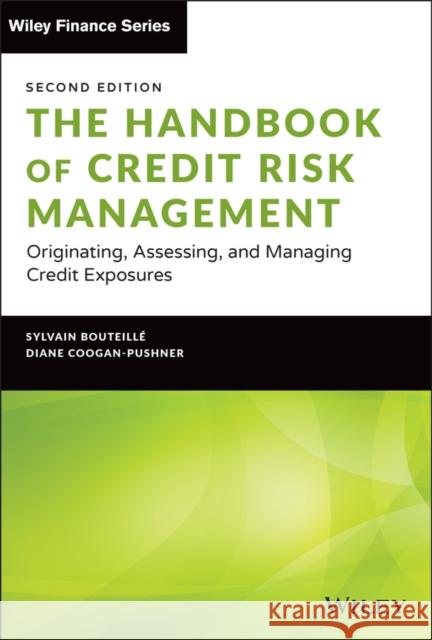The Handbook of Credit Risk Management: Originating, Assessing, and Managing Credit Exposures » książka
topmenu
The Handbook of Credit Risk Management: Originating, Assessing, and Managing Credit Exposures
ISBN-13: 9781119835639 / Angielski / Twarda / 2021 / 416 str.
Kategorie:
Kategorie BISAC:
Wydawca:
John Wiley & Sons Inc
Seria wydawnicza:
Język:
Angielski
ISBN-13:
9781119835639
Rok wydania:
2021
Numer serii:
000293957
Ilość stron:
416
Waga:
0.81 kg
Wymiary:
22.86 x 15.75 x 3.05
Oprawa:
Twarda
Wolumenów:
01











